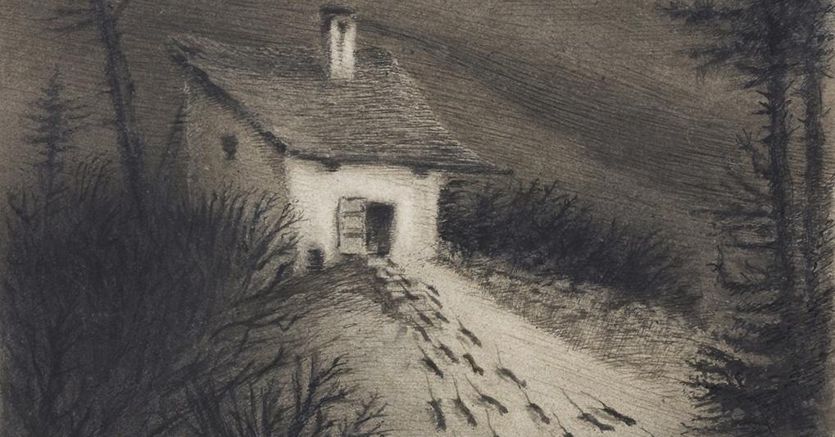“Joy and pain are always very close”, said Alfred Kubin, one of the best draftsman and illustrator of the early twentieth century, devoted to “pouring the secret universe into artistic forms” that inhabited it, made up of uncertainties and dark ravines .
Originally from Habsburg Bohemia, where he was born in 1877, he was an eloquent interpreter of the dark side of Austria Felix, in which he immersed himself to draw mysterious and disturbing images, which overshadowed the glitters and frivolities of the Belle Epoque, and were rather hooked on the « laboratory of the apocalypse “that Karl Kraus saw in Austria and Franz Werfel’s vision of a world” fixed on the concepts of right and left, but which forgets the existence of an above and a below “.
Sigmund Freud and poi by Carl Gustav Jung
Kubin was at home precisely in that “below” and in particular in the dungeons of the psyche, whose doors had been thrown open by the theories of Sigmund Freud and then by Carl Gustav Jung. From his explorations of the meanders of the unconscious he brought out fears and obsessions, melancholy and despair, which among other things drew inspiration from other artists he felt akin to: Max Klinger and Félicien Rops, Edward Munch, Fernand Khnoppf, James Ensor and of course Goya and Hyeronimus Bosch.
It is this juxtaposition between Kubin and his associates beyond epochs and borders that creates the exhibition itinerary of an evocative exhibition at the Leopold Museum, thanks to a vast collection of the Hapsburg artist, who was also an author and who with his novel from 1909 with a strong autobiographical value, «The other part», among other things influenced Kafka.

Long-lived and prolific, in 1909 he was co-founder in Munich of the “New association of artists” from which the group of the Blue Knight was derived, he was vilified by the Nazis as a “degenerate” but resumed his post-war activity without further dramatic breakdowns, exposing more at the 26th Venice Biennale in 1952, seven years before his death.
